Method and Philosophy
It can be difficult to create a simple natural photograph because nature obeys few rules. Nonetheless, nature does reveal unifying design elements- our opportunity is to recognize them. My images are based upon such natural design elements, illuminated by dramatic light.
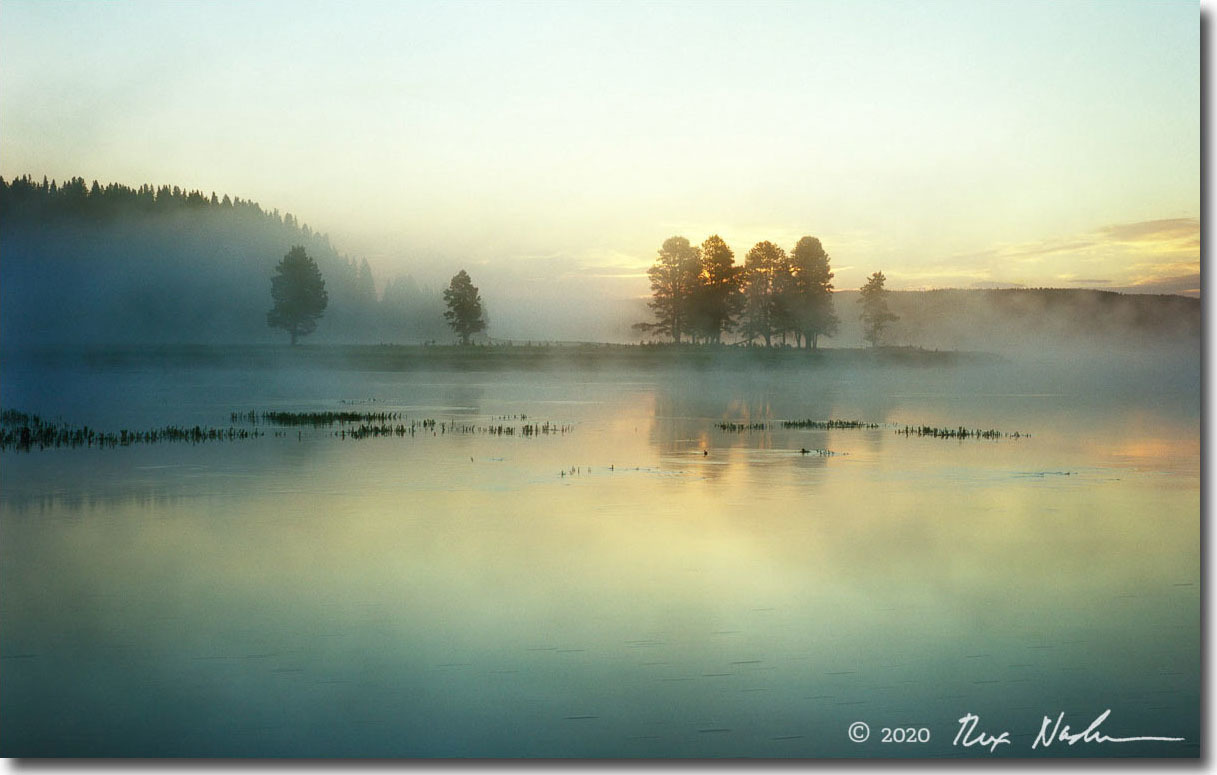
I create images for decorating large spaces. I work with high-resolution camera systems to capture detail sufficient for large, sharp images which enable the possibility of perceiving a "third dimension" in the print.
I print my own photographs using a 12-ink pigment-based printer on rolls of 44-inch paper or canvas.
Living and working in the wilderness is a religious experience to me and I make photographs based on emotion.
Making such a photograph may be "inconvenient"-- a finished image may be the result of days of hiking, followed by hours or days waiting for the right light.
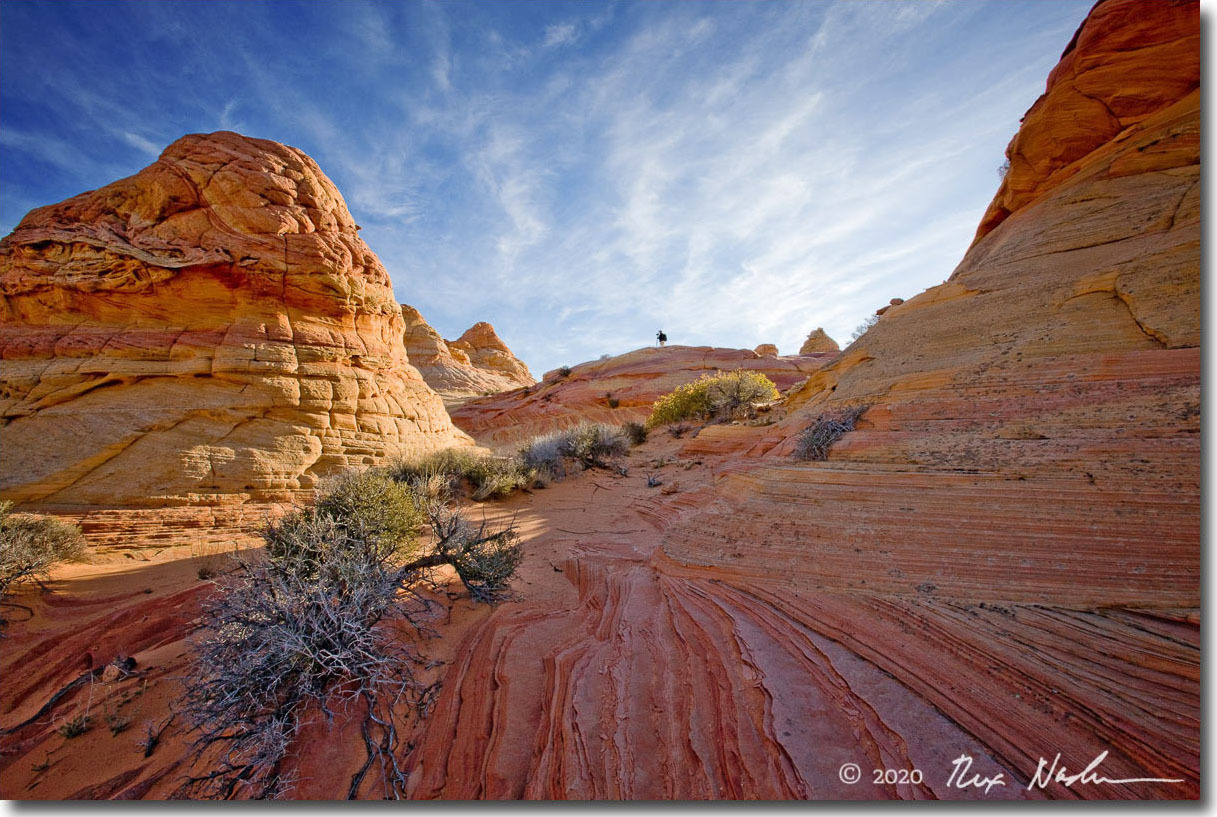
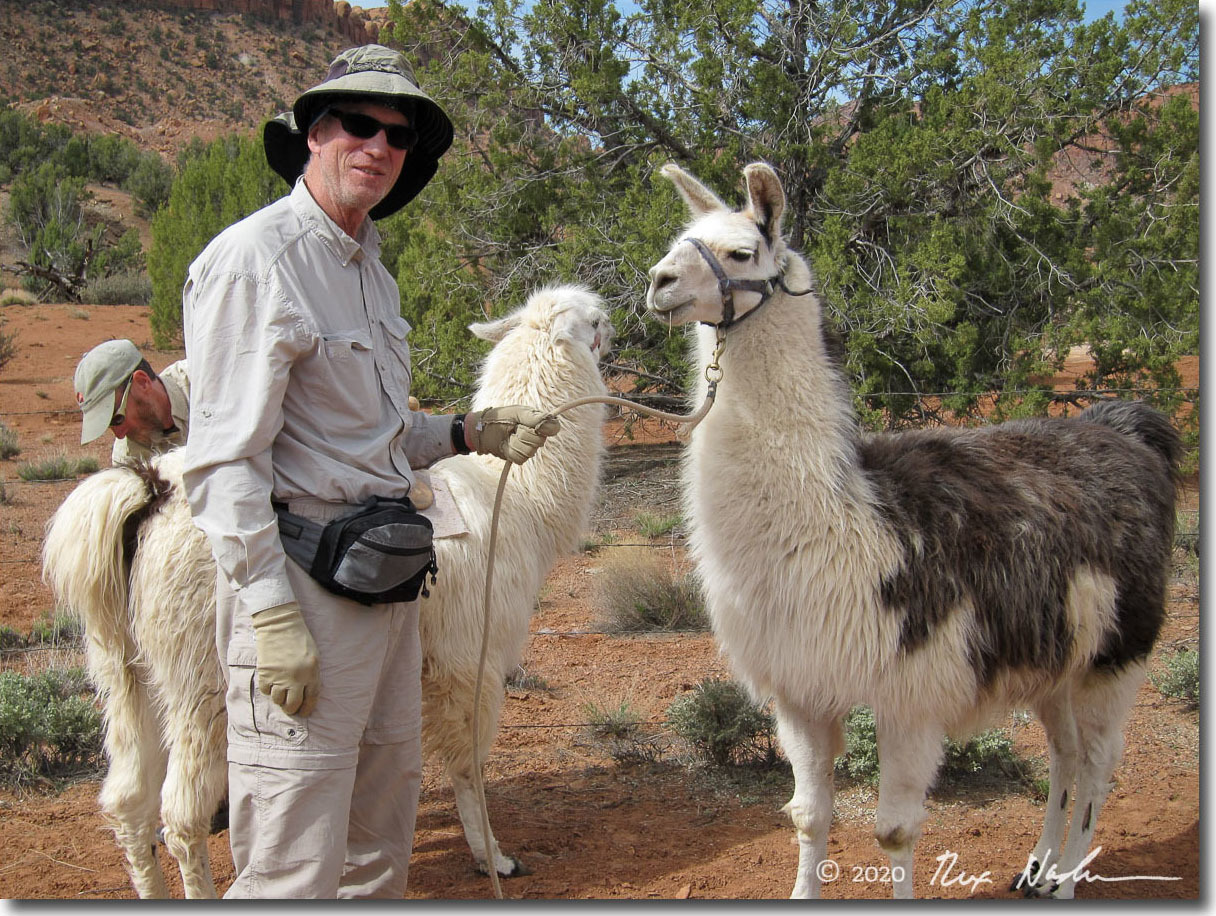

Evolving High-Resolution Cameras
Prior to 2007 my images were captured with a 6x7 cm film camera on Fuji Velvia. The images were developed and then scanned to approximately 60 million pixels.
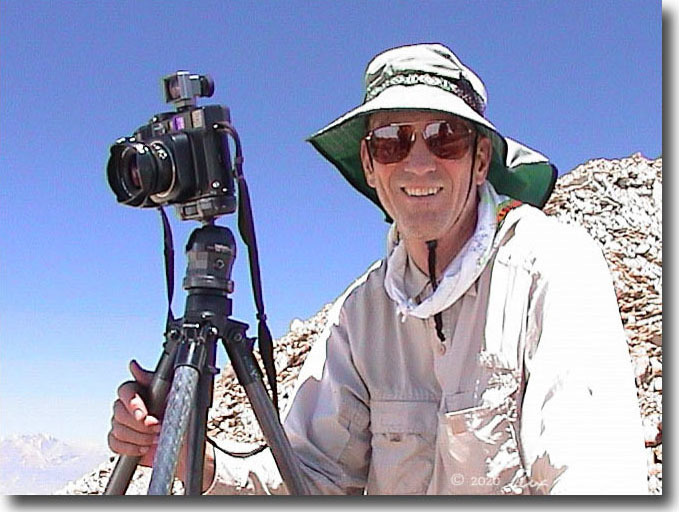
In 2007 I bought a 39 million pixel medium format digital camera system, which made possible prints comparable to those from 4 x 5 inch film. In 2010 this system was upgraded to 80 million pixels.
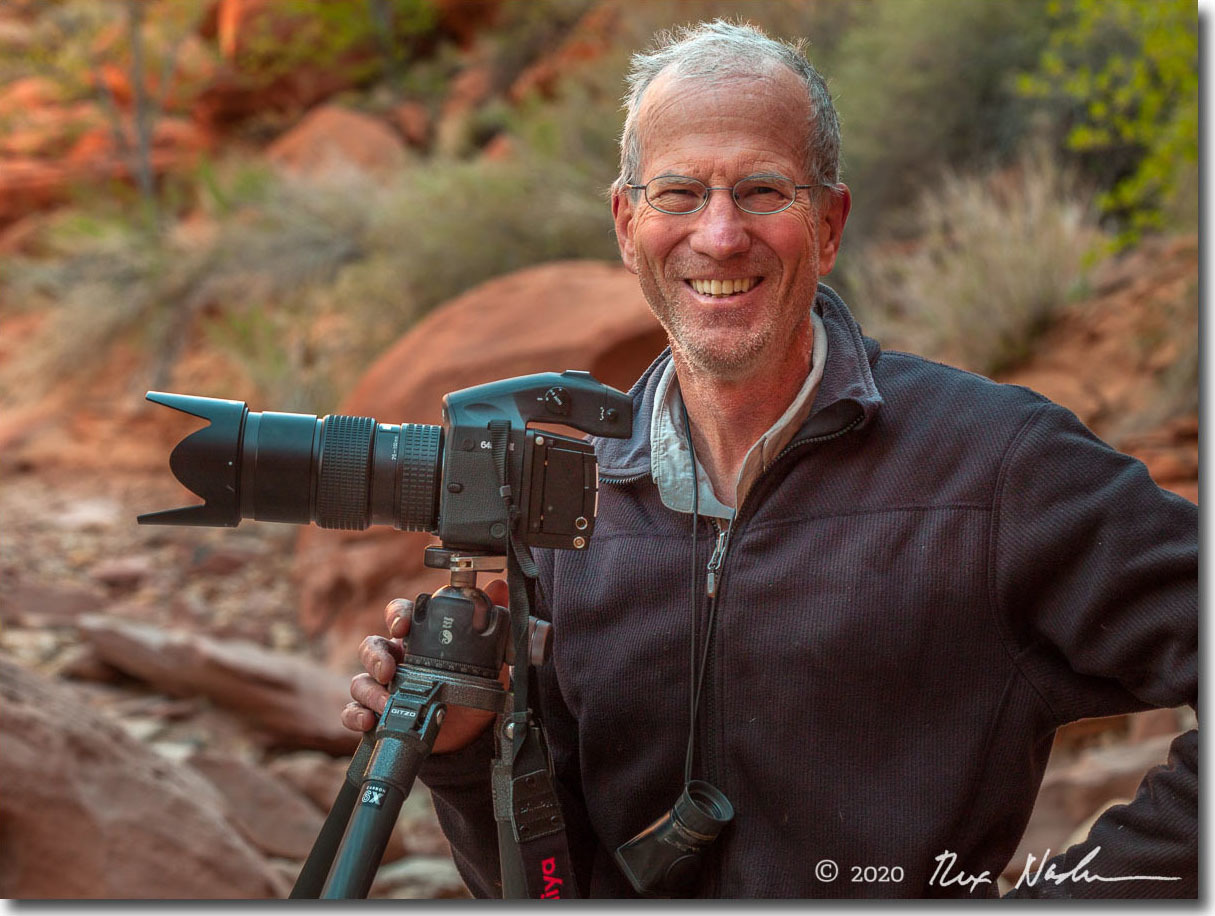
In 2015 I invested in a digital "35 mm" single-lens reflex camera for star photography. By 2018 this camera became available with 45 million pixel resolution, and I switched exclusively to this technology.
I began photographing birds in flight in 2017. Again "35 mm" equipment fit the bill.
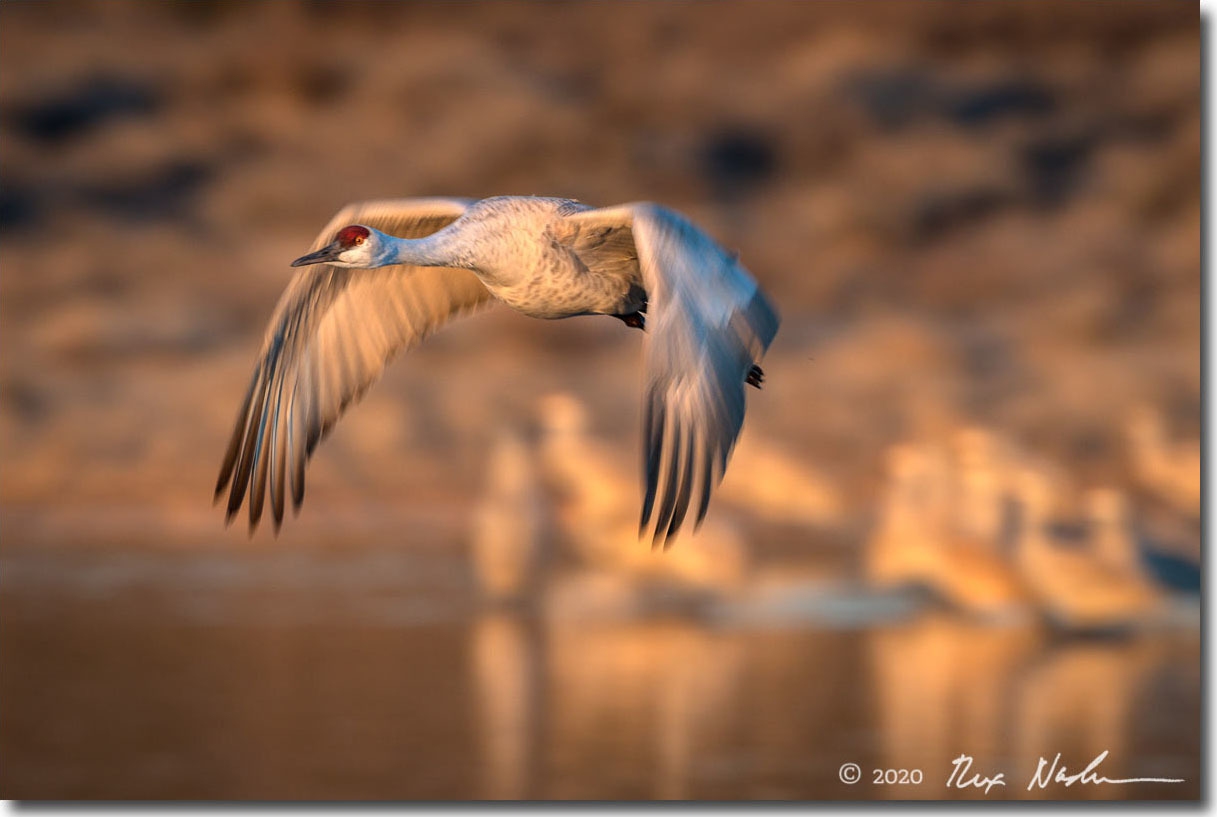
Video
I am collecting video footage, time permitting. I'm into high resolution- 4K or 8K- and also high-frame rate for slow-motion of natural scenes, especially water scenes. The camera I have for this kind of work is equivalent in resolution to the SLR I describe above, but is mirrorless- thus it's much smaller and lighter. In addition, switching between still and video mode is fast.
The future of fine photography is mirrorless technology.
And...Composition is Everything
It's easy for me to become immersed in craft items; but I know that the most important “gear” is within the right side of the brain: an understanding of photographic composition. If you feel something is lacking in your photographs, you can improve your work without buying new gear! I’ve seen students with very little training and inexpensive cameras make wondrous photos- they “get it"!
My understanding of composition is only beginning to take shape; it is as if a mysterious process is teaching me. Definitely not something I will learn from a book.